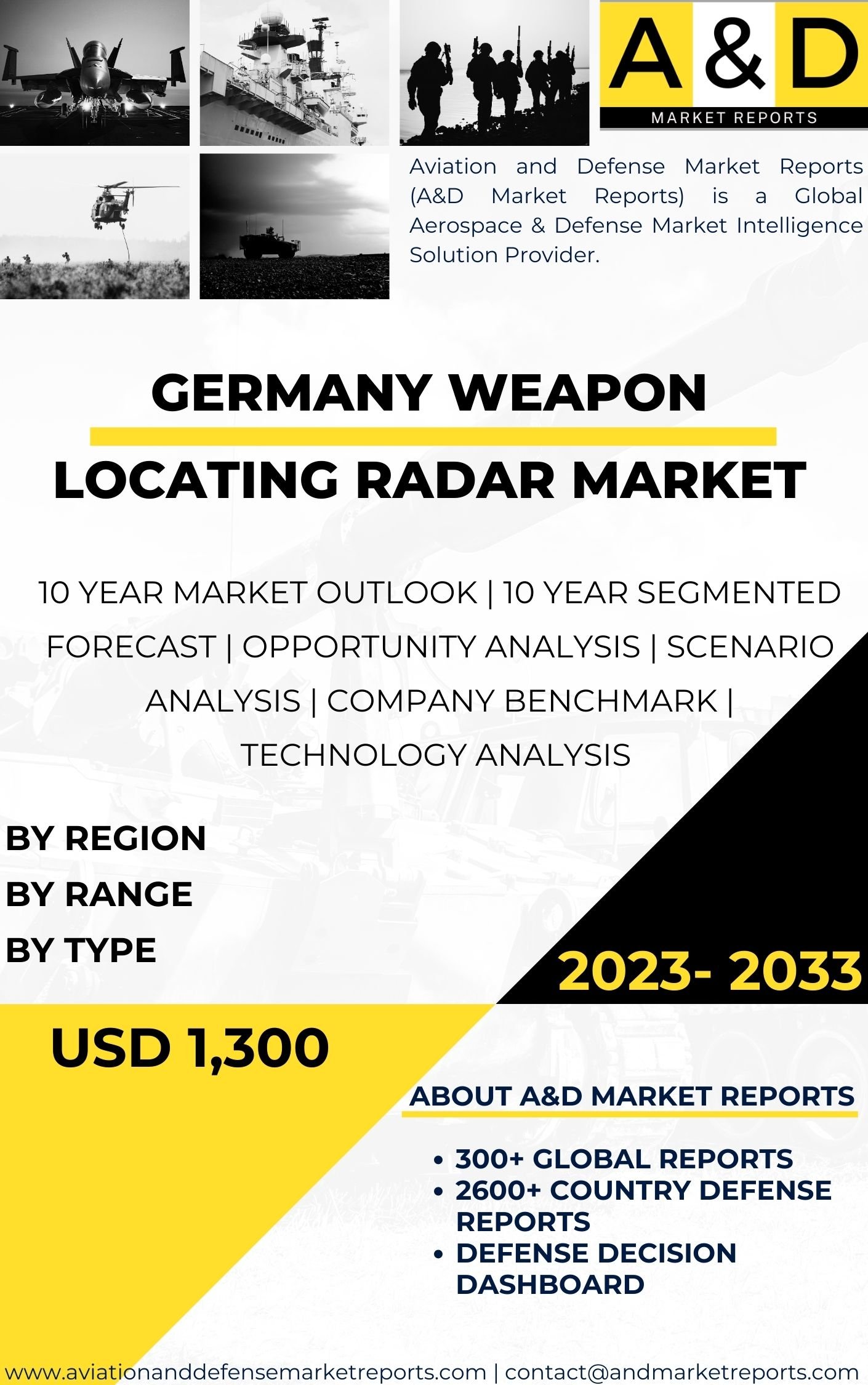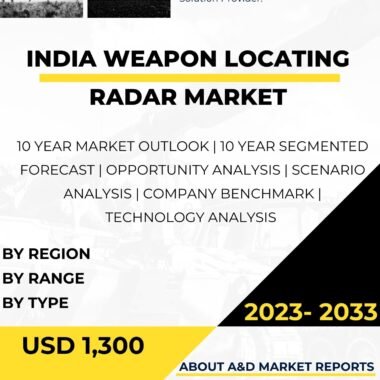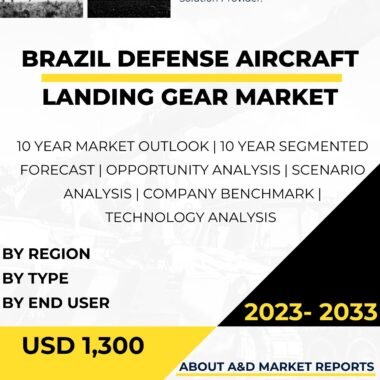Description
Germany weapon locating radar market has been a significant and dynamic segment within the country’s defense and security industries. Weapon locating radars, also known as counter-fire radars, are advanced radar systems designed to detect and track incoming enemy artillery shells, rockets, and mortar rounds. These radar systems play a crucial role in enhancing Germany’s military capabilities, providing early warning and protection against indirect fire threats, and ensuring the safety of its troops and critical assets on the battlefield.
The Germany weapon locating radar market is influenced by several factors, including the country’s commitment to national defense, its role as a key member of NATO, and its recognition of the importance of advanced radar technology in modern warfare. As a leading European economy and a technologically advanced nation, Germany understands the significance of investing in cutting-edge weapon locating radars to maintain military readiness and meet the challenges of the evolving security landscape.
The market encompasses both domestic production and imports of weapon locating radars and related technologies. Germany has reputable defense contractors and technology firms that develop and manufacture a wide range of weapon locating radar systems, including mobile and fixed radars with different range and accuracy capabilities. Additionally, Germany also collaborates with other countries and imports weapon locating radars to benefit from technological cooperation and meet specific operational requirements.
The Germany weapon locating radar market is characterized by a focus on innovation and technological advancements. Companies in Germany continuously strive to develop state-of-the-art weapon locating radars with improved range, accuracy, data processing capabilities, and resistance to electronic countermeasures. The integration of advanced signal processing algorithms, machine learning, and data analytics has been a key area of research and development to enhance the performance and effectiveness of German weapon locating radars.
The export potential of German weapon locating radars is another important aspect of the market. Germany’s reputation for producing high-quality and reliable defense equipment has made it an attractive supplier for other countries seeking advanced radar solutions for their military forces. However, export decisions are subject to international regulations and political considerations, especially when it comes to the export of sensitive military technologies.
The Germany weapon locating radar market also addresses challenges related to interoperability and integration with other defense systems and command networks. Ensuring that weapon locating radars can effectively communicate and share data with other military assets, such as artillery units and air defense systems, is essential for optimizing their effectiveness and providing a comprehensive defense against indirect fire threats.
Moreover, the Germany weapon locating radar market must address concerns related to data security and the protection of sensitive information. Weapon locating radars play a critical role in providing early warning and protection against enemy attacks, and ensuring the secure transmission and management of radar data is vital to maintaining operational security and safeguarding sensitive information.
In recent years, there has been a growing emphasis on the development of multi-sensor and multi-functional weapon locating radars. Germany is investing in research and development to explore how weapon locating radars can be integrated with other sensor systems, such as acoustic sensors and unmanned aerial vehicles (UAVs), to enhance their accuracy and provide real-time data for more effective counter-fire operations.
Challenges faced by the Germany weapon locating radar market include the need to adapt to changing warfare tactics and emerging technologies. As the nature of warfare evolves, weapon locating radars must continuously evolve to meet new challenges, including the integration of AI, machine learning, and autonomous decision-making capabilities to improve threat detection and response times.
The market also needs to address concerns related to cost-effectiveness and the need to balance investments in weapon locating radar technology with other defense priorities. Weapon locating radars can be capital-intensive to develop, procure, and maintain. Decision-makers must carefully prioritize investments to ensure that weapon locating capabilities align with Germany’s broader defense requirements.
In conclusion, the Germany weapon locating radar market is a significant and dynamic segment within the country’s defense and security industries. Advanced weapon locating radars play a crucial role in enhancing Germany’s military capabilities, providing early warning and protection against indirect fire threats, and ensuring the safety of its troops and critical assets on the battlefield. The market is driven by Germany’s commitment to technological advancement, advancements in weapon locating radar systems, and the need to balance investments with other defense priorities. As Germany continues to invest in research and development and explores innovative radar solutions, the weapon locating radar market is expected to play an increasingly pivotal role in shaping the country’s military capabilities and providing comprehensive defense against indirect fire threats.




